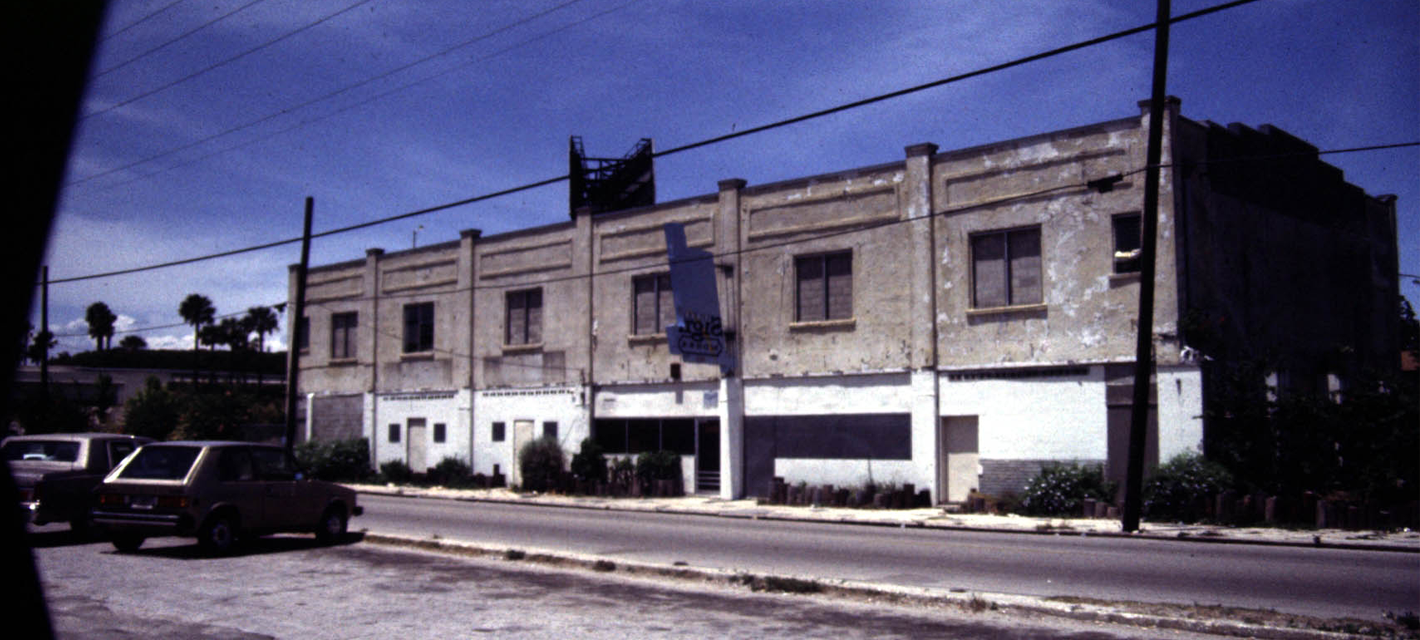Keeping Black People Out of the City They Built
Although Black labor was critical to the development of St. Petersburg, Black people were forced to live in certain segregated neighborhoods in order to distance them from White neighborhoods, tourists, and downtown businesses. Black communities were often neglected, run-down, and victim to a racially discriminatory mortgage lending practice called redlining. Most of the money Black workers earned went to White businesses outside their community. This, combined with redlining, severely damaged Black people’s ability to build intergenerational wealth.
Resilience and Community Under Segregation
Despite significant challenges, Black communities managed to thrive, even under the racist segregation policies and practices of the time. Elder Jordan Sr., a former enslaved man, settled in St. Petersburg and came to own considerable property on the south side. Jordan recognized the need for Black community spaces and he built houses, helped open businesses, a beach, and a gathering hall, and operated a bus line. Many of these spaces were on 22nd Street, in a Main Street area that became known as “The Deuces.” The Deuces and other historically Black areas intentionally created spaces where Black people and culture could flourish, away from the White community and the stigma of racism.

The Manhattan was to the Black community what the Coliseum was to the White community.
A Lasting Generational Impact
The impact of segregation and redlining continues to negatively impact Black people today. Schools in historically Black neighborhoods continue to be underfunded and underserved, neighborhoods that were redlined 80 years ago continue to struggle economically, and nearly 18% of St. Petersburg’s Black population is living in poverty. While urban and economic development efforts are being made to ensure a more racially equitable future, the effects of racism are clearly seen today and will be felt for generations to come.
